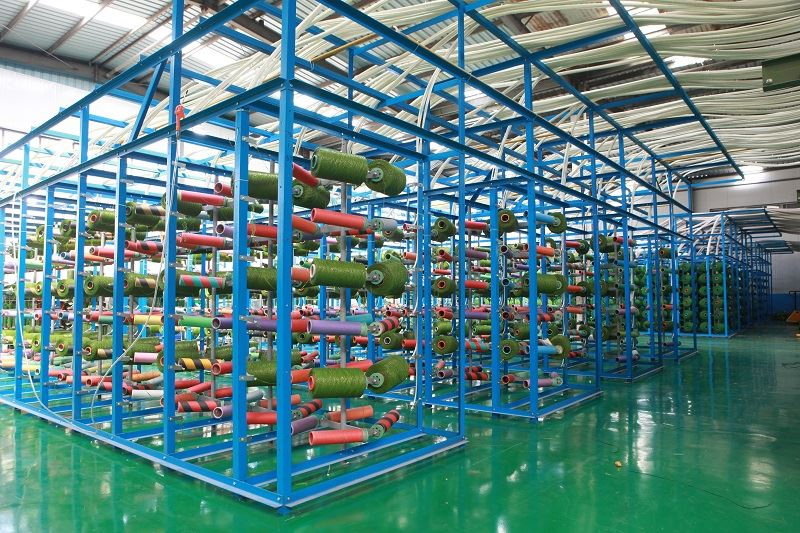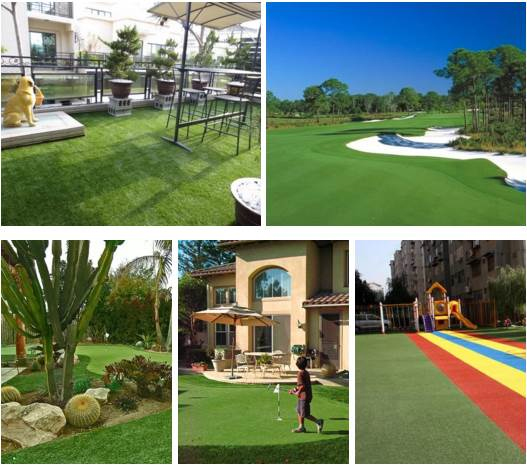This post was contributed by a community member. The views expressed here are the author's own.
Installing artificial turf is a transformative process that not only enhances the beauty of your space but also significantly reduces maintenance efforts compared to natural lawns. Understanding the intricate steps involved can help homeowners better prepare for the installation, ensuring a smooth and successful project. In this article, we walk you through the meticulous process involved in a typical artificial turf installation, guiding you step-by-step to a lush, green, and ever-beautiful lawn. Pet Safe Artificial Grass

Before initiating the artificial turf installation, the first step is to prepare the site adequately. This involves removing the existing grass and debris to create a clean slate. Following the removal, the ground should be leveled to prevent any uneven surfaces. It is also during this stage that any necessary drainage systems are installed to prevent water accumulation and promote proper water flow.
Constructing a robust base is critical in ensuring the longevity of your artificial turf. Typically, a mixture of crushed stone is used to create a compact and even base. This base serves as the foundation for your turf, facilitating proper drainage and providing a stable ground to work on.
Upon completing the base construction, it's time to roll out the artificial turf. This is a meticulous process where precision is key. The turf rolls should be laid out in such a way that they fit perfectly within the designated area, ensuring seamless edges and a uniform appearance.
Once the turf has been laid out, securing it in place is the next step. This involves using galvanized nails or turf staples at regular intervals to anchor the turf to the base. This step ensures that the turf stays in place, even during heavy use or adverse weather conditions.
After securing the turf, the next step is to add infill. The infill helps to maintain the turf’s plush appearance while providing stability. This involves spreading a layer of sand or rubber granules evenly across the surface of the turf and then using a broom or brush to work the infill material into the turf fibers, which gives it a natural and lush appearance.
The final stage of the installation involves adding the finishing touches. This includes trimming any excess turf along the edges and installing any necessary accessories like seam tape to join sections of the turf seamlessly. Once everything is in place, a final brushing is performed to give the turf a fresh, natural look.
In conclusion, the process involved in artificial turf installation is detailed and requires careful planning and execution. By understanding these steps, homeowners can be well-prepared to undertake this home improvement project. Remember, the quality of the installation can significantly influence the lifespan and appearance of your artificial turf. Hence, considering professionals like Vision Turf and Pavers for installation can be a wise decision.

Sod Artificial Turf Address: 1421 N Wanda Rd #120 Orange, CA 92867 United States Website: https://www.visionturfandpavers.com/ Map URL: https://goo.gl/maps/fmSDLQajyBrr6uUC8